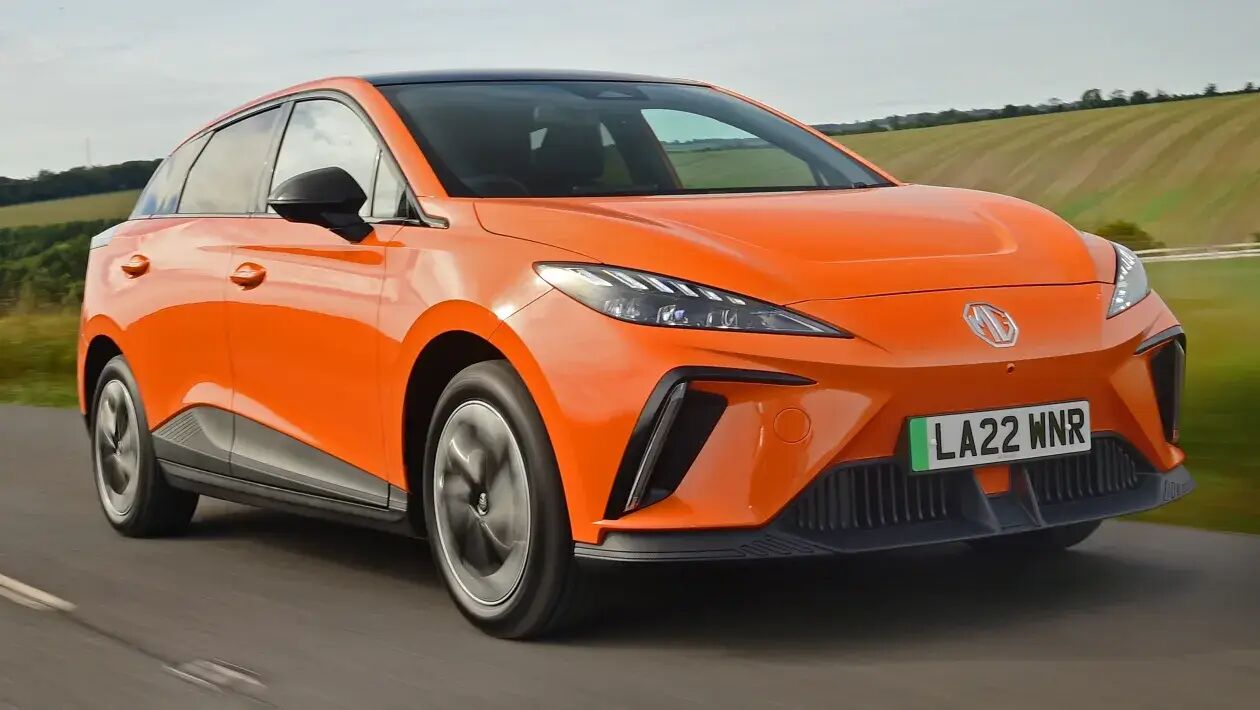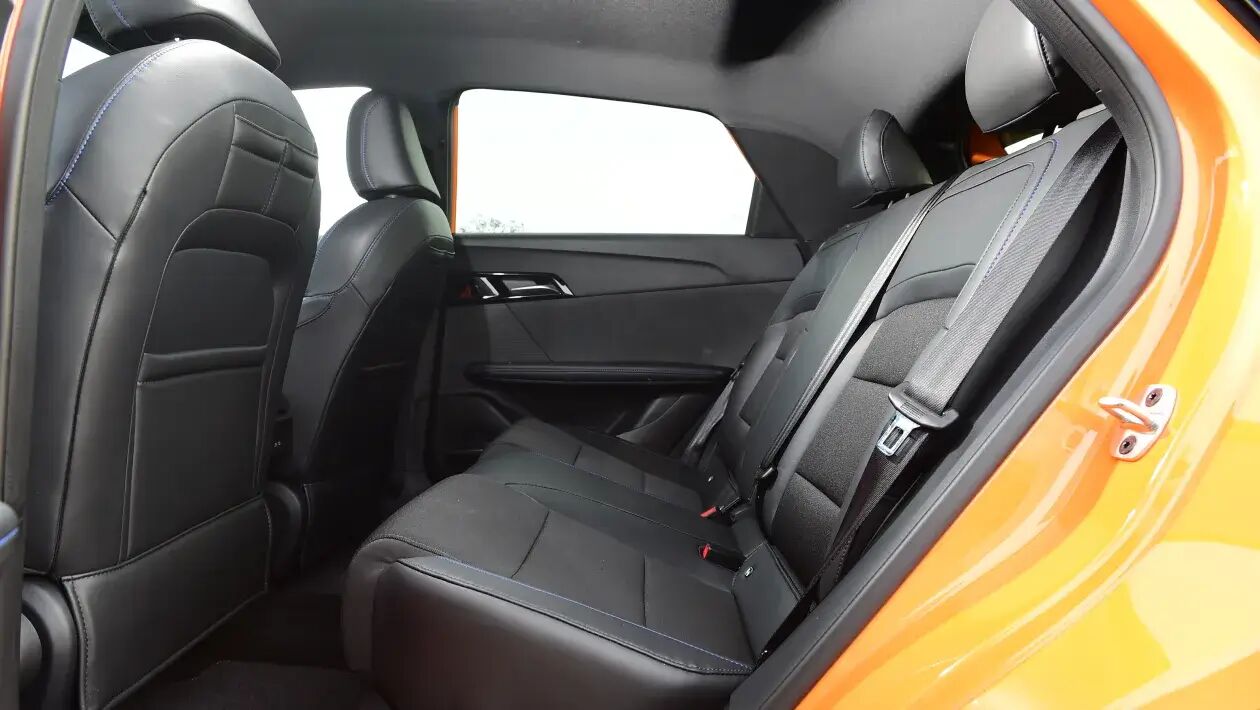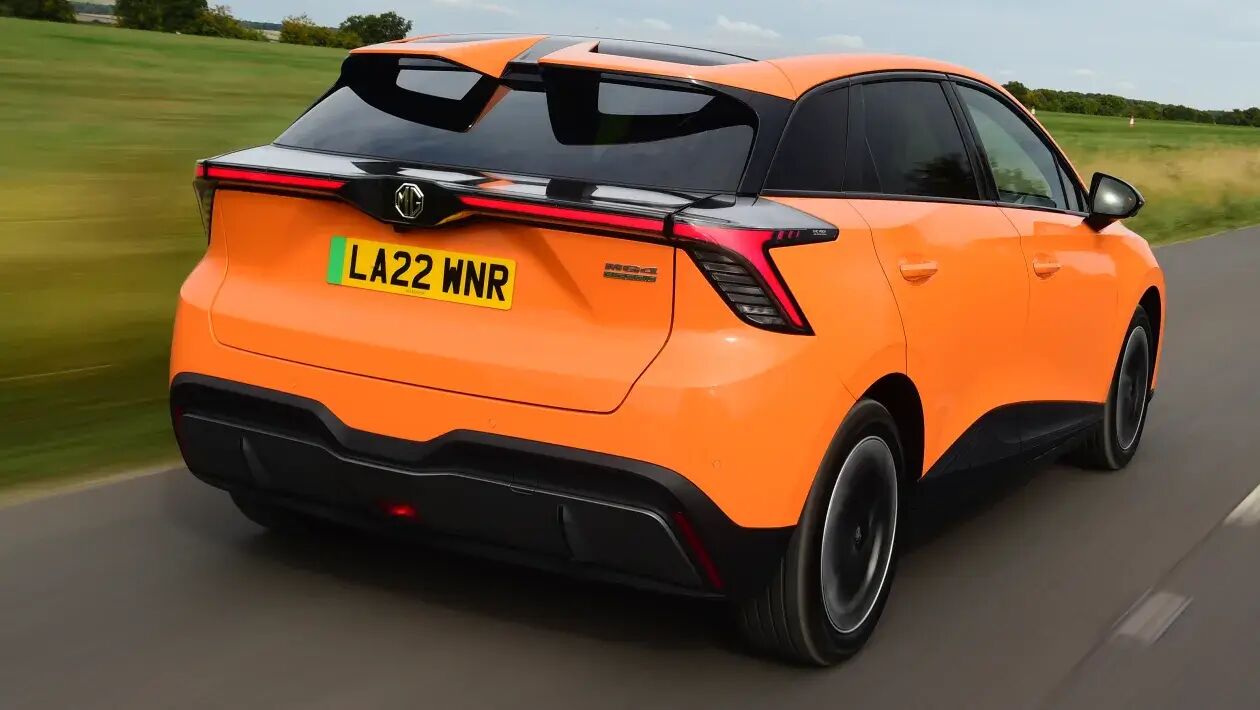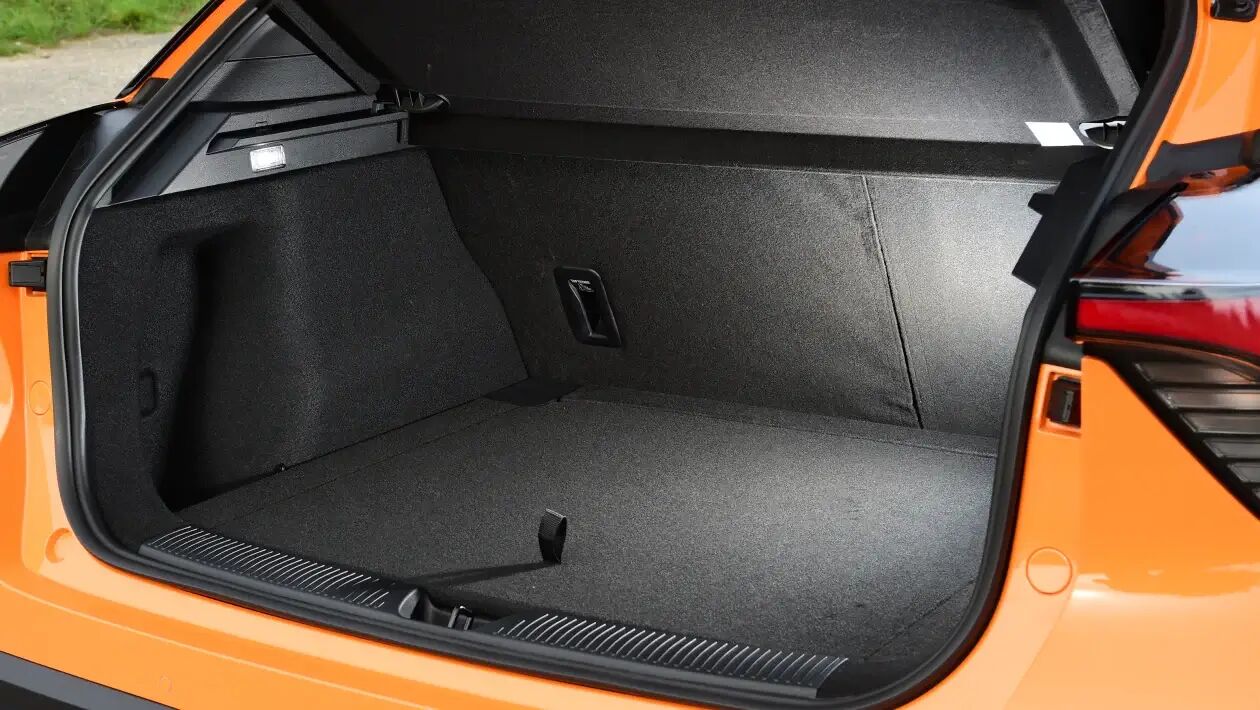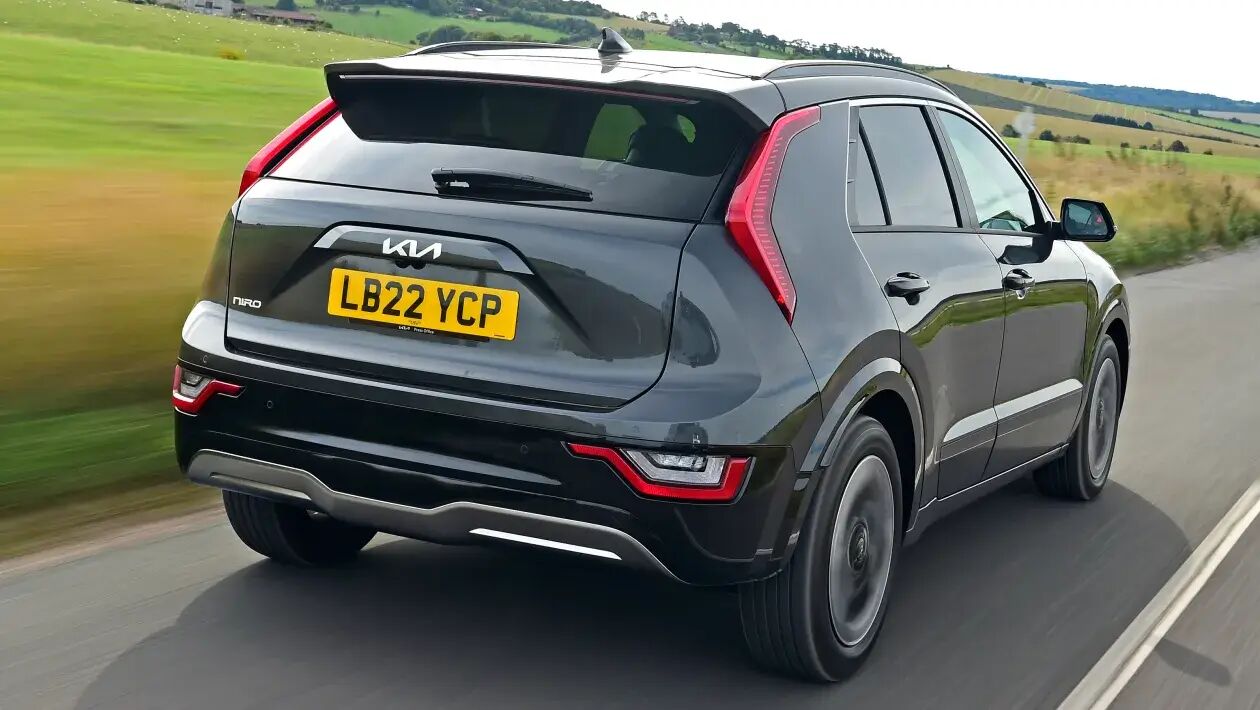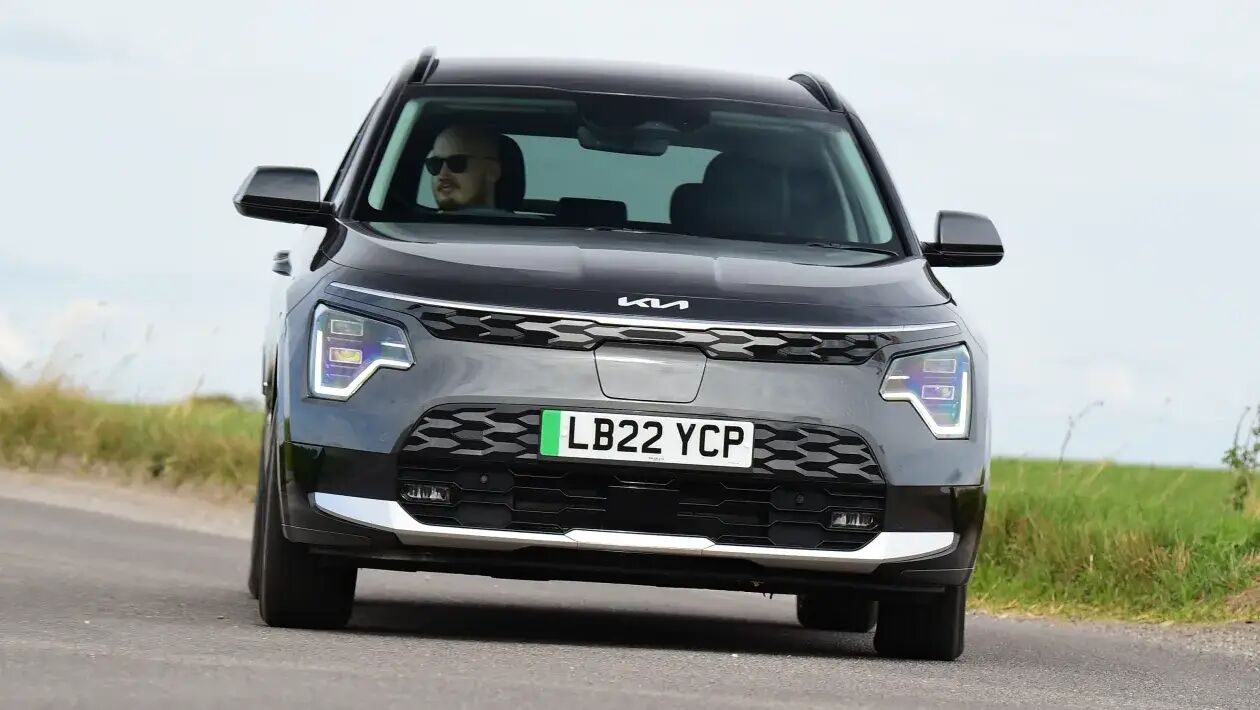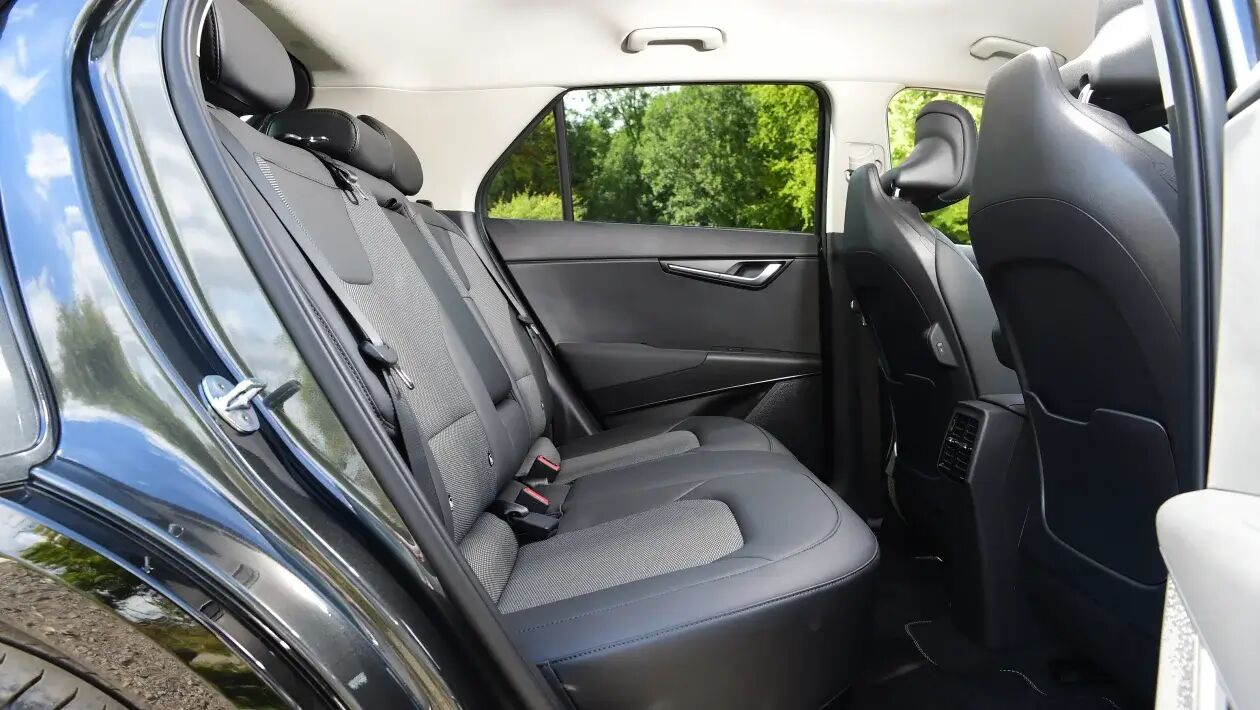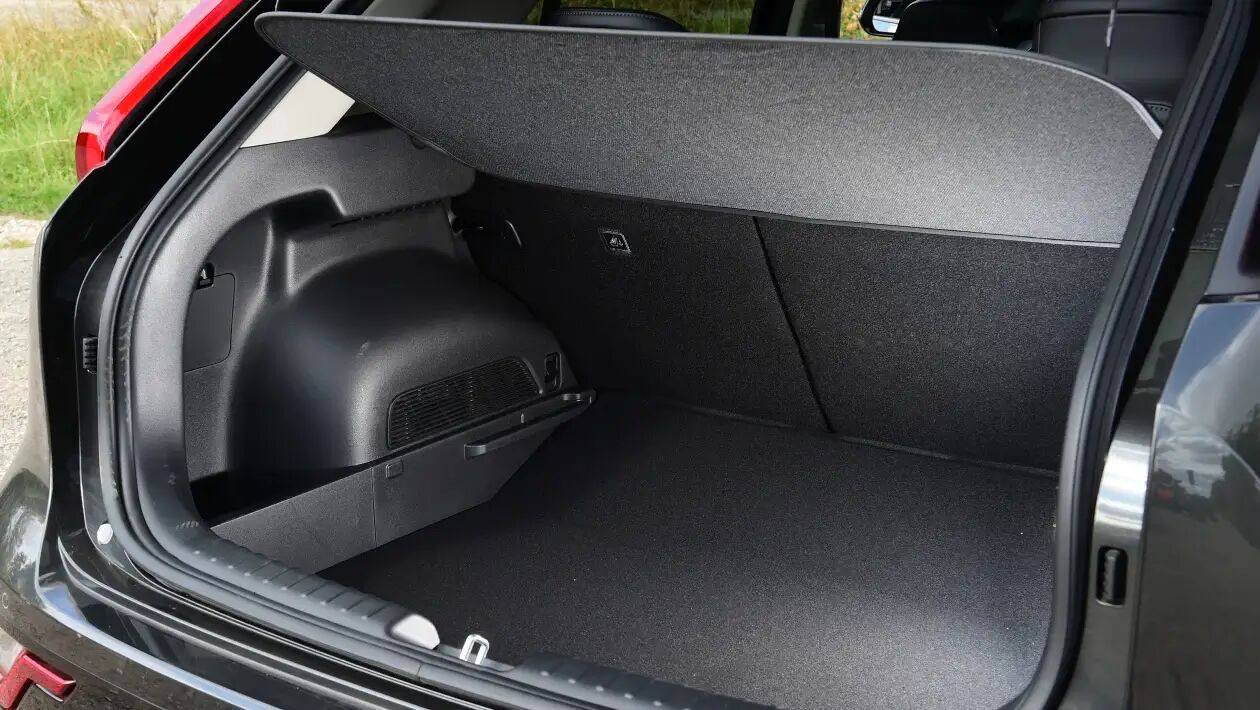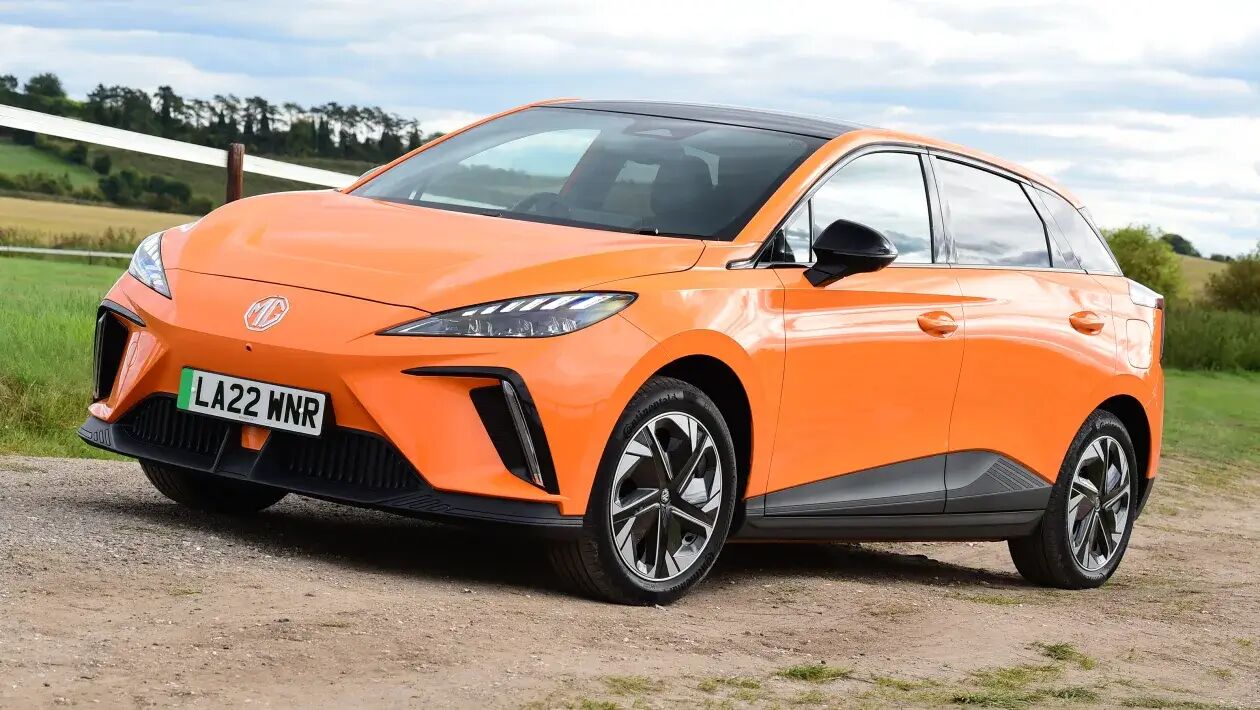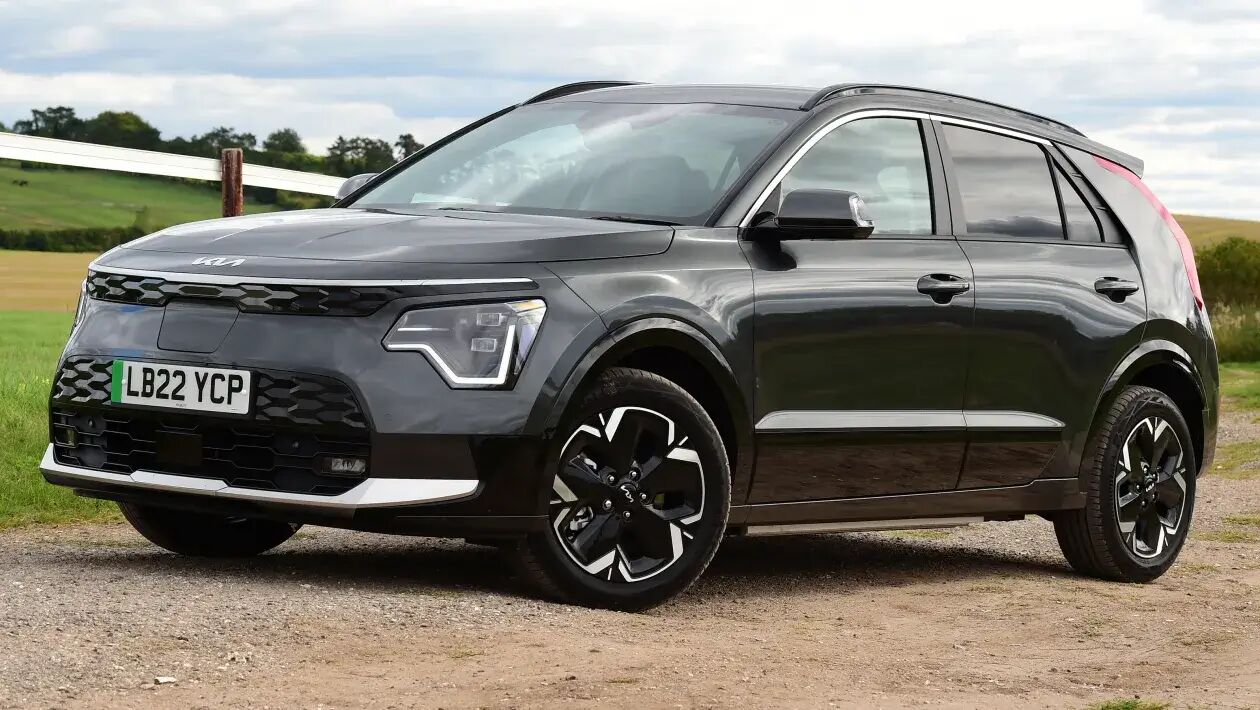Just how good is the new MG4? We test it against the new Kia Niro EV to find out.
Under the direction of parent group SAIC Motor in China, and in a short space of time, the revitalised MG brand has gone from producing underwhelming sedans and hatchbacks to building something that has put it in the top 10 sellers on the Australian market. Making up some of these new models are EVs, such as the MG ZS EV and the new MG4 here – a car which is likely to be introduced locally next year.
The MG4 is a five-door hatchback which, like its ZS stablemate, is fully electric. And as with the ZS, it appears to be competitively priced – even the top-spec model we’re driving here in the UK, where it is currently available, it is priced a touch over £31,000 (AUD$55,000) – which is more remarkable still when you consider that it’s riding on an all-new platform. So is there a catch?
To find out, we’re putting the MG4 up against another exciting electric newcomer already available in Australia, the second-generation Niro EV.
MG4 Road Test
In a relatively short space of time, MG has achieved plenty of success with its ZS. But the MG4 aims to take that a step further, thanks to one fundamental difference between it and its stablemates. While they are electric cars adapted from existing combustion-engined models, the MG4 has been designed as a pure EV from the ground up.
An all-new structure called the Modular Scalable Platform has enabled MG to design a car much better suited to battery power. It’s taken a similar approach to the Volkswagen Group’s MEB range; there’s a rear-mounted electric motor and a wheelbase that is stretched as far possible within a modest footprint – two features that the MG4 has in common with the VW ID 3, for example.
MG offers two battery options. The smaller one is a 51kWh unit that delivers a 350km range on the WLTP cycle. The model we’re driving here is the Long Range model, which gets a 64kWh pack. Depending on trim, it has a range of 434-452km, and that figure is helped by aerodynamic-boosting features such as an active grille that opens only when the electrical systems need cool air. The electric motor produces 149kW and 250Nm of torque, a negligible 1kW and 5Nm down on the Niro’s.
Inside, the MG’s layout is fairly minimalist, and it’s clear that inspiration has been borrowed from German brands. This is most clear ahead of the driver; the oddly shaped steering wheel has more than a hint of the BMW iX about it, the small digital driver’s display reminds us of the VW ID 3, while the column stalks look uncannily like those you’ll find in a range of Audis. While that means the details you’ll interact with most often look and feel quite slick, elsewhere the fit and finish lags behind the Kia’s. The MG4 is an affordable car relative to its rival, though, so we’re not shocked by this compromise.
Fortunately, the cabin is one of the few areas where the MG lacks just a little sophistication. Out on the road, the way that MG4 drives doesn’t feel budget at all. There’s quite a relaxed gait to the car overall; the ride quality over larger bumps is quite soft, so it bounces over – rather than crashes into – most imperfections. At low speeds, there’s just a little more fidget than in the Kia, but it’s perfectly acceptable.
The MG is also a fine companion around town, thanks to the light, direct steering and clear forward visibility. The bonnet slopes away, so it’s hard to see the car’s edges, but the combination of a short front end and a forward-facing camera (albeit with a rather odd fisheye lens), makes it easy to position the hatchback in tight spots.
But the car’s most surprising quality is that it’s actually quite fun to drive. Turn into a corner quickly, and the MG4 initially feels a little nose-heavy, but a mix of an adjustable chassis and the rear-wheel-drive layout means that it’s possible for your inputs to hold plenty of influence over how the MG4 behaves. It certainly bodes well for the hotter model that the manufacturer has in the pipeline.
Here, performance is more than adequate for most buyers. The 0-100km/h sprint is dispatched in 7.9 seconds, and the MG4 gets there with a responsive throttle – although there’s a little bit more motor whine than in the Kia.
For its relatively compact footprint – and considering it’s 81mm lower than the Niro – the 4 is really quite spacious inside. Kneeroom is barely a fraction of a centimetre behind the Niro’s, and headroom is pretty much identical. The central hump in the floor is very low, and the middle seat is more comfortable than the Kia’s. However, limited foot space beneath the front seats, a lack of a central armrest, and awkward Isofix access (they’re behind a velcro patch and within a tight recess) are small downsides.
Despite the minimalist appearance, interior storage is impressive, too. The centre console features a large but shallow storage area with a sliding lid, while just behind it is a taller, deeper bin that doubles as an armrest.
Smaller trinkets can be secured using netting that’s attached to its leading edge. The door bins have space for bottles up front, but the glovebox is very shallow.
Euro NCAP has yet to assess the MG4, but all versions of the hatchback get six airbags, adaptive cruise control and lane-departure warning with lane-keep assist. There is also blind-spot warning, rear cross-traffic alert and a door-opening warning to avoid incidents with passing traffic and cyclists to the list of safety kit.
Kia’s Niro range, which was specifically tested by NCAP in EV form in 2022, has a five-star ANCAP rating.
Our efficiency figures on test of 5.6km per kilowatt hour for the MG4 and 6.3km/kWh for the Niro show that the Kia is the more efficient car.
Those efficiency numbers included quite significant motorway kays – which is not the most flattering environment for EVs – and in town the figures both improved. In our hands, the MG achieved closer to 7km/kWh in urban conditions, and the Kia reached closer to 8km/kWh.
Kia Niro EV Road Test
Unlike MG, Kia has hedged its bets with the Niro’s underpinnings – the third generation of the Hyundai/Kia K platform – by designing the structure to accommodate both hybrid and plug-in hybrid powertrains alongside a fully electric layout. In Australia, it is priced from $65,300 before on-road costs, which is a decent premium over the expected price for the MG4 given it is closely priced to the MG ZS EV overseas.
While the name has changed from e-Niro to Niro EV, the latest model has a few similarities with its predecessor. Both produce the same 150kW, and at 64.8kWh, the battery is an almost identical capacity. However, the new pack, which weighs 443kg, is from a fresh supplier, and it’s integrated into a body-in-white that is 20.3kg lighter than its predecessor’s.
That’s to be applauded, not least because not only does Kia claim a one per cent increase in structural rigidity, but the car is also physically larger; at 4420mm, the new model is 65mm longer than the its e-Niro predecessor and 133mm longer than the MG4.
Further tweaks to the suspension include new bearings with less friction in the MacPherson struts at the front, which the Korean manufacturer says will help to deliver a smoother response from the dampers and a more natural steering feel.
There are more significant improvements in other areas, most notably the cabin. The EV6-inspired dashboard looks very slick, and the control layouts are neat and logical. The driving position has plenty of adjustment (as does the MG’s), although while the seats themselves are perfectly comfortable, some people might find the headrests are positioned a little too far forwards.
Cabin quality is a noticeable step ahead of the MG’s, but there are still some large expanses of hard plastics on the Niro EV’s doors.
The Niro’s chassis engineers have opted to prioritise comfort over ultimate roadholding for the latest Niro, which is something that we think makes perfect sense. The ride is fairly soft, but there’s slightly less body movement than in the MG.
It’s also a little more composed at lower speeds than the MG4, while refinement has its good and bad points. The noise from the Kia’s motor is better isolated than in its rival, but the Niro EV undoes this good work somewhat by allowing more road noise to reach the cabin, making it the noisier car on a motorway. Performance is near-identical between the pair, but the Kia’s motor feels slightly less keen when pulling away from a standstill.
The Kia comes with five modes to adjust the brake regeneration on the move. That’s one more than in the MG, and thanks to steering wheel-mounted paddles, the Niro’s modes are much easier to adjust to your exact taste and the driving conditions. The MG’s regeneration settings are buried within a sub-menu on the infotainment screen. Both cars have automatic energy-recovery modes, which adjust to the traffic around you. Some might like these systems, but we found the unpredictability of them a bit irritating, and switched them off.
While the need to package both combustion and electric powertrains within a car’s structure has some disadvantages, there are benefits too.
Electric motors are much smaller than internal combustion engines, so without a big lump of metal taking up space under the bonnet, the Niro EV gets a storage compartment that’s large enough to hold the charging cables. Keeping these separate from the car’s boot is ideal if it’s full of luggage, or you want to keep the cabin dry after you have had to charge the Korean model in the rain.
The Kia is much better for carrying cargo, too. There’s a generous 475 litres of boot space – 112 litres more than in the MG – which expands to 1392 litres with the seats folded. That’s much more than the MG’s 1177 litres. Both cars have false boot floors that create a level load lip when raised.
Cubby spaces are reasonable in the Niro EV. The smartphone shelf is more than large enough to hold even the grandest of new devices, while the central space can be used for general storage or double up as a twin cup-holder, which springs into action by pressing one of two buttons. The door bins are quite slim, though, which means that there’s nowhere useful to hold a bottle.
Few manufacturers can compete with Kia when it comes to warranty cover, but MG is one of them. Both brands offer their customers seven years, unlimited kilometre protection from new.
Verdict: Is the new MG4 better than the Kia Niro EV?
First place: MG4
The MG4 marks the next major step in the brand’s move towards electrification. It drives well, it has the performance to match the Niro EV, a practical range with rapid charging, and loads of space inside. But most impressive of all is the value. No credible rival comes close to offering so much for the money.
Second place: Kia Niro EV
The Niro EV is a very appealing electric car. It’s comfortable, the tech is slick, and beside the MG, it’s undoubtedly more special inside and out. It also has its rival beaten for boot space, and is more efficient with its energy. However, it’s impossible to overlook the gulf in cost between the two.
Automotive Daily






